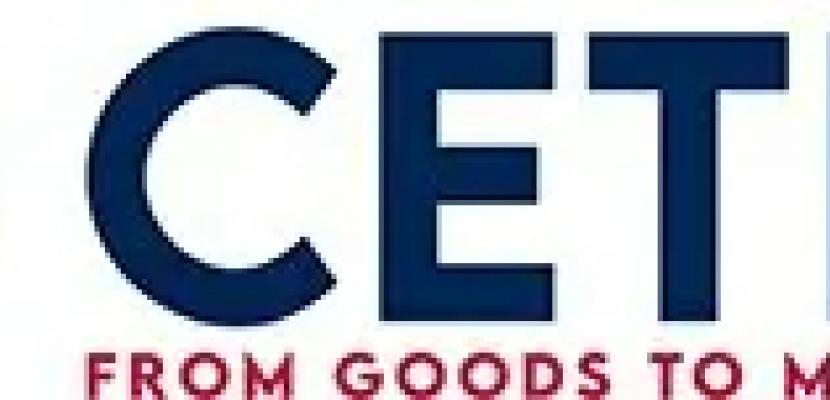
CETIA

About this good practice
In CETIA, footwear, garments, and other exploratory products are recycled. First the post-consumer or unsold garments, shoes waste are recovered. Then the CETIA platform uses an automated and intelligent material preparations process to then obtain materials ready to recycle.
This process has 3 pilot lines :
• First, automated and robotic demonstrators are used for the sorting of garments and shoes.
• Then smart dismantling robotic cells to separate materials from shoes or textile products
• The dismantling of complex garments requires the development of an automated solution for the generation of cutting trajectories. While the products are different, a major part of the development work can be carried out simultaneously for both bags and complex garments. First the garment’s elements categories are identified, then the cut trajectories are generated and finally the cutting following the defined trajectories is done.
• Finally, optimised processes are used for the preparation of materials ahead of their recovery
Expert opinion
Resources needed
• Fashion brands : committed in sustainability initiatives (end-of-life management, recovery of unsold stocks and production waste
• Sorting and recycling centers : adapt their business models according to market variations.
• Machines providers : currently aligning on these new activities
Evidence of success
The results have been mainly in the shoe recycling section; indeed so far out of 350 shoes dismantled, a success rate of 85% has been seen for the glued shoes. The New Aquitaine region sees an opportunity in this activity, as it has financed half of the project with a budget of 960k€. Major industry players (Decathlon, Beaumanoir, Groupe ERAM, Pyrenex, Sokoa, Cluster Eurosima, Cluster Reso-Cuir, Groupe LIM, SKFK, Groupe Voltaire) have also participated in the development of the project.
Potential for learning or transfer
This project has helped to create a collaboration between companies such as ESTIA and CETI, to create a single company, CETIA. It has also facilitated the collaboration of several textile companies (Decathlon, Beaumanoir, Groupe ERAM, Pyrenex, Sokoa, Cluster Eurosima, Cluster Reso-Cuir, Groupe LIM, SKFK, Groupe Voltaire), for the improvement of recycling logistics through robotic systems. This has been possible thanks to the collaboration of these textile companies with more industrial and research companies such as CETI and ESTIA. It has enabled fashion brands to reappropriate their waste and end of-life streams in order to act on their eco-modulation.
This makes the good practice a strong tool to improve the implementations of regional policies, raising the knowledge of operators concerning CE through the feedback of different actor of the network.
Further information
Website
Good practice owner
You can contact the good practice owner below for more detailed information.
Higher School of Advanced industrial Technology (ESTIA)

